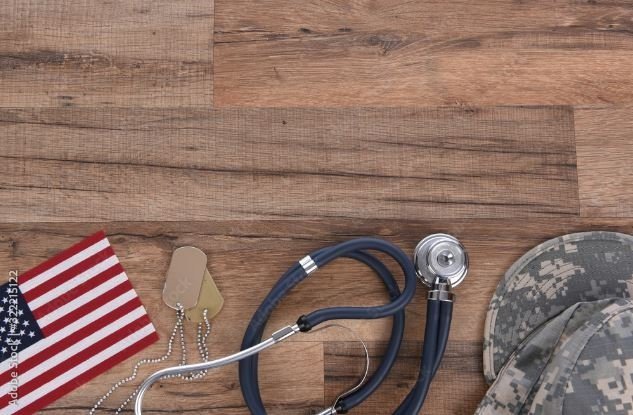Service Connection 101
Curious about starting a claim for service connection? Or had VA deny your claim recently? Read on the learn some basics of a claim for service connection!
The Elements of Service Connection
A veteran must establish “service connection” to be eligible for VA disability compensation benefits. Service connection refers to an injury, disease, or other disability related to a qualifying veteran’s service. Once service connection is achieved, VA will compensate the veteran based on the degree of their disability.
Generally, to establish a claim for service connection, the evidence must establish the following three elements: (1) the veteran must have a current diagnosed disability; (2) there must have been an in-service event or treatment; and (3) there must be a medical nexus, or connection, between the current disability and active duty service.
An In-Service Event
An in-service event refers to the onset of disease, injury, or aggravation of a pre-active duty condition, while in the line of duty in the active military, naval, air, or space service.
Generally, VA attempts to verify in-service events by reviewing the Veteran’s service treatment records, including enlistment and exit exams, for treatment of a condition. For example, a chronic ankle sprain, or a diagnosis of lumbar back strain, might appear in a Veteran’s treatment records.
However, VA may also consider the “places, types, and circumstances” of a Veteran’s service to verify an in-service event. A commonly used example is a Veteran with a parachute badge – it would be consistent with that Veteran’s service (numerous parachute jumps) that he or she would have experienced repetitive stress injuries to the knees, ankles, hips, or the spine, even if those injuries do not appear in the Veteran’s service treatment records.
VA can also “presume” certain in-service events, such as exposure to hazardous substances, including herbicides (commonly, Agent Orange), burn pits, or other particulate matter.
A Current Diagnosed Disability
Generally, this is a relatively straightforward inquiry: Does the Veteran have a current diagnosis or treatment for a condition? If so, then the Veteran has satisfied this element of service connection.
However, there are some things that VA does not consider as a current disability, such as prior issues that may have resolved or healed without residuals. For example, if a Veteran had a bout of bronchitis in service, but recovered with no long-term residuals, then this will not be considered a current disability.
In some circumstances, a condition could be considered a current disability, even without a diagnosis. Those circumstances are set in law or regulation, and include undiagnosed illnesses related to a Veteran’s service in the Gulf War, or in other cases, could be the manifestation of chronic pain, without an underlying disability (i.e., arthritis, or degenerative joint disease, etc.).
The Nexus Requirement
The last and perhaps most crucial element in a claim for service connection is the “nexus” requirement. The nexus is the connection between the in-service event and the current diagnosed condition. It is usually verified by a medical professional during the Compensation & Pension (C&P) exam conducted by the VA, but a Veteran may submit a nexus opinion from their own treatment providers as well, in support of a claim.
In all cases, there is a burden of proof that must be shown for VA to award service connection. For VA claims, this burden is merely showing “reasonable doubt.” Reasonable doubt means that when the evidence is approximately balanced (with evidence both for and against the claim), the VA must resolve any doubt in favor of the Veteran, and grant the claim.
Translating this standard to medical professionals, VA asks its examiners whether it is “at least as likely as not” that the in-service event contributed to the current diagnosed condition. If VA obtains a positive nexus opinion, it will generally award service connection.
There are also special circumstances where VA presumes a nexus. For example, if the Veteran’s in-service event is exposure to herbicides, there are certain conditions that VA presumes are related to that exposure, such as ischemic heart disease, or prostate cancer. You can review other presumptive service connection exposures and conditions here.
Think you might have a claim for service connection? Contact us for a free case evaluation.




